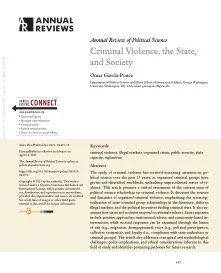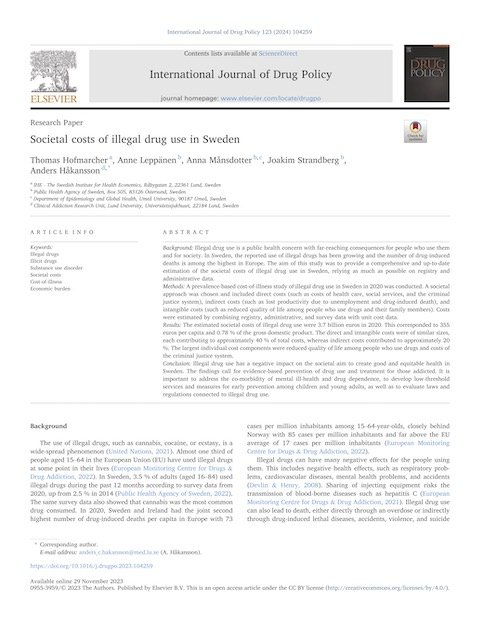By: Suellen Murray and Anastasia Powell
In August 2009, in response to an attack upon a federal member of parliament by her male partner, then Prime Minister Kevin Rudd was reported in the Melbourne Age as saying that ‘acts of violence against women are cowardly acts by men and have no place in modern Australia’. In the same article, the Minister for Women, Tanya Plibersek, said domestic violence ‘remained a serious problem despite changing attitudes’. Nearly 30 years earlier, the 1981 report of the New South Wales Task Force on Domestic Violence – one of the first initiatives taken in Australian public policy in this area – had identified domestic violence as ‘a deep-seated national problem’.3 What then has happened in the past 30 years?
Advertising campaigns in the intervening years have advised us to say ‘no’ to violence and explained where, if we experienced domestic violence, we could get assistance. Such campaigns have assisted in raising awareness and bringing about changes in attitudes. Self-evidently, domestic violence has not been eliminated – the attack on the member of parliament is just one of many examples – but has it been reduced? And what policies and programs have been put in place to tackle the problem of domestic violence?
This book provides some answers to these questions. We are particularly interested in how Australian governments have responded to domestic violence over the past 30 years, that is, the period roughly from 1981 to 2011. The central purpose of this book is to critically review the range of public policy responses to domestic violence (legal, welfare and prevention responses at both federal and state levels).4 We consider how domestic violence has been understood and the approaches that have been taken, as well as the impact on groups targeted by these responses (children, women, men, and Australian Indigenous peoples). The book includes up-to-date policy and legislative case studies from Australia to illustrate these responses, and also places this work within international debates.
In this book we argue that there have been significant changes in understandings of domestic violence over the past 30 years, resulting in – and to some extent produced by – heightened policy activity in this area. These policy shifts built on the campaigns and lobbying of the women’s refuge movement from the 1970s and the subsequent activities of feminist bureaucrats in Australian state, territory, and federal governments. During the 1980s, all Australian states and territories investigated the nature and extent of domestic violence. Out of these investigations came government commitments to address domestic violence in more than the ad hoc ways of previous decades. Since then, regardless of their political persuasion, governments across all states, territories and federally have maintained an interest in domestic violence, although their approaches have varied, with more or less attention paid to gendered or feminist analyses of domestic violence.
Despite the policy shifts and service developments around domestic violence across numerous key agencies, according to 2004 data, over a third of Australian women reported experiencing at least one form of violence from an intimate male partner during their lifetime. These findings reflect those published in the national 1996 Australian Bureau of Statistics (ABS) Women’s Safety Survey, in which 36 percent of women surveyed reported experiencing some form of physical or sexual violence since the age of 15 years. Over 75 percent of these incidents were at the hands of a current or previous partner or boyfriend. Similarly, a decade later, in the 2006 Australian Personal Safety Survey, 40 percent of women reported experiencing at least one incident of physical or sexual violence since the age of 15 years. While men who experience violence are most likely to be physically assaulted by a male stranger, women remain most likely to be assaulted by a current or former partner or family member.
Australian Scholarly Publishing, 2011













